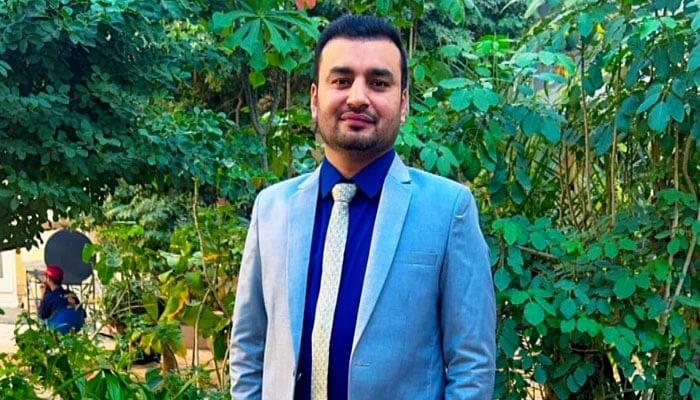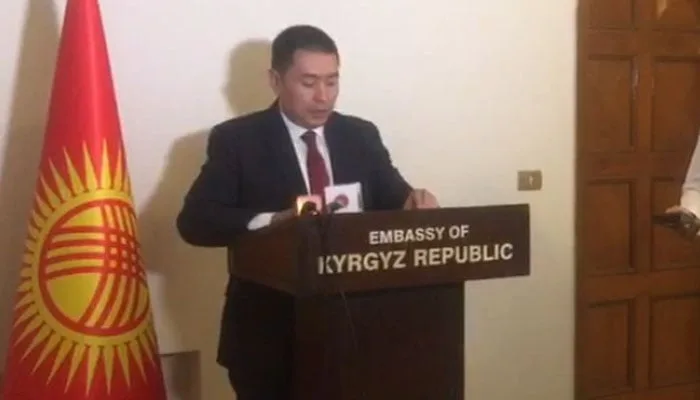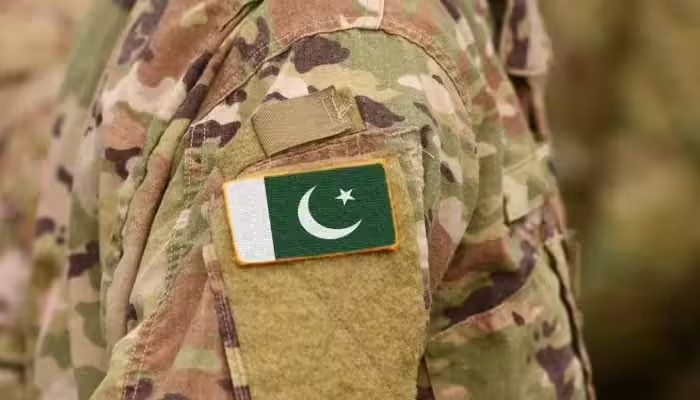The Khawar Hussain suicide case has drawn significant attention in Pakistan’s media landscape, with investigators officially declaring the journalist’s death a suicide. A three-member inquiry committee submitted a detailed 30-page report to Sindh Inspector-General Ghulam Nabi Memon, concluding that no foul play was involved. The findings have sparked debate about the pressures faced by journalists in Pakistan, mental health struggles in the profession, and the importance of transparency in such high-profile cases.
Background of the Case
Khawar Hussain, a young journalist associated with a private news channel, was found dead in his car outside a restaurant on Hyderabad Road in Sanghar last week. His sudden and mysterious death sent shockwaves through media circles, raising questions about whether it was a suicide or something more sinister. Initial reports revealed that Hussain had sustained a bullet wound from his licensed pistol, prompting immediate suspicions and demands for a full investigation.
Findings of the Inquiry Committee
The inquiry committee, led by Additional Inspector General Azad Khan along with DIG Irfan Baloch and SSP Abid Baloch, carried out an extensive investigation. The committee examined:
- Crime scene evidence
- CCTV footage from Karachi to Sanghar
- Witness statements
- Call data records
- Forensic and post-mortem reports
According to DIG Irfan Baloch, CCTV footage showed no one approaching Hussain’s vehicle at the time of the incident. The medical examination confirmed that the bullet recovered from his head was fired from his own licensed pistol. All evidence, including post-mortem results and digital records, pointed to one conclusion: the cause of death was suicide.
The report included an eight-page section supported by medical records, strengthening the case that there was no external involvement.
Timeline of Events Leading to the Incident
The investigation also pieced together Hussain’s final hours. CCTV footage showed him entering and leaving a local restaurant twice before returning to his vehicle, where he remained for almost two hours. During this time, no suspicious activity or external interference was detected.
Interestingly, investigators found that just before his death, Hussain made an online payment to a water tanker driver, arranging for water delivery to his home. This detail highlighted that he was performing routine tasks shortly before the tragic event, leaving many wondering about his state of mind.
Missing Evidence and Family’s Role
While one of his mobile phones was recovered, the second device remains missing, which could have provided more insights into his final communications. Investigators concluded that while the physical evidence confirms suicide, the underlying reasons remain unclear and require cooperation from Hussain’s family.
Family input could shed light on personal, professional, or psychological challenges he may have been facing. This aspect is critical, given the high levels of stress, insecurity, and burnout often reported by journalists in Pakistan.
Journalism and Mental Health in Pakistan
The Khawar Hussain suicide case has reignited conversations about mental health in Pakistan’s media industry. According to the Pakistan Federal Union of Journalists (PFUJ), nearly 68% of journalists report experiencing severe workplace stress, with many citing financial insecurity, job instability, and lack of support systems as key factors.
Globally, mental health struggles among journalists are well-documented. A 2022 Reuters Institute report found that over 70% of journalists experience anxiety and 26% report symptoms of depression due to the demands of their profession. In Pakistan, where press freedom often comes under threat, these challenges are even more severe.
Reactions to the Report
The official declaration of suicide has left many in media and civil society circles conflicted. Some accept the findings, while others remain skeptical, pointing to the need for further transparency and accountability. The missing mobile phone and unanswered questions about Hussain’s mental state continue to fuel speculation.
Despite this, the inquiry committee emphasized that its findings were based on solid evidence, and that speculation without proof could harm the integrity of the investigation.
The Way Forward
The Khawar Hussain suicide case underscores two urgent issues: the need for robust support systems for journalists and the importance of transparent investigations. To prevent such tragedies, mental health resources, financial security, and safe working conditions must be prioritized in Pakistan’s media industry.
At the same time, authorities must ensure that inquiries into journalist deaths remain thorough, credible, and accessible to the public. This builds trust, not only within the profession but also among the citizens who rely on journalists for truth and accountability.
The inquiry committee’s report concludes that Khawar Hussain’s death was a suicide, supported by medical records, CCTV footage, and forensic evidence. However, the Khawar Hussain suicide case also reveals deeper challenges facing journalists today, from workplace stress to the lack of institutional support. While the cause of death may be settled, the broader conversation about protecting journalists and addressing mental health is only just beginning.



